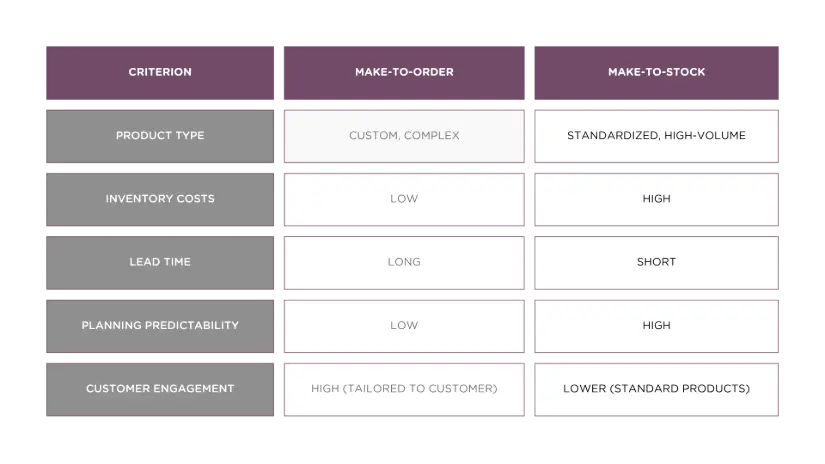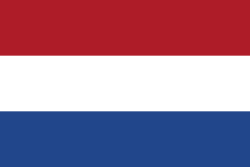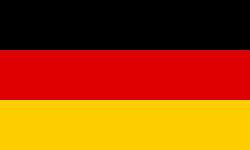In the manufacturing realm, choosing the right production strategy is pivotal for operational efficiency, customer satisfaction, and profit margins. Two foundational models widely used in production planning are Make-to-Order (MTO) and Make-to-Stock (MTS). Each strategy offers distinct advantages and drawbacks, and the optimal choice depends heavily on your industry, product complexity, and customer requirements.
Modern ERP systems like Odoo, particularly with its integrated MRP (Material Requirements Planning) module, support both strategies seamlessly. Odoo is gaining global traction - especially among manufacturers in the USA - who rely on flexible, scalable, and modern ERP solutions.
What Do “Make-to-Order” and “Make-to-Stock” Mean?
Make-to-Order (MTO): Production begins only once a customer's order has been received. This approach minimizes inventory costs but typically involves longer lead times. Ideal for customized or highly complex products.
Make-to-Stock (MTS): Products are manufactured in advance and stocked to facilitate immediate delivery. Best suited for standardized, high-demand items.
Both
strategies fall under manufacturing planning and form a crucial part of any
thoughtful Manufacturing Strategy in Odoo.
Make-to-Order in Odoo
Odoo enables MTO integration with minimal configuration. When a sales order is confirmed, Odoo can automatically generate a manufacturing order and initiate the procurement of necessary materials and components. Here's how it works in detail:
- Activate Routes: In the product form, enable the “Manufacture” route and the “Make To Order” option.
- Define the Bill of Materials (BoM): Odoo requires a BoM to identify the components needed for the final product.
- Automate Production Orders: Upon confirmation of a sales order, Odoo recognizes that the product isn’t in stock. With MTO activated, a manufacturing order is automatically triggered.
- Procurement Logic: All components specified in the BoM are procured on demand or produced internally, depending on configuration.
- Customer Delivery: Once production is complete, the product is reserved for the customer and shipped directly—no interim warehouse staging.
Example:
A mechanical engineering firm offering bespoke machinery utilizes Odoo MRP to launch production automatically in response to each incoming order—without incurring inventory costs for final products or components. With MTO in Odoo, the company remains agile, responsive, and cost-effective.
Make-to-Stock in Odoo
Odoo also excels at MTS through predefined manufacturing orders, minimum and maximum stock rules, and reorder points. This ensures optimal inventory levels and continuous product availability:
- Activate Manufacturing Route: In the product form, enable the “Manufacture” route—without enabling “Make To Order.”
- Set Minimum Stock Rules: Define minimum and maximum stock thresholds for each product. If inventory falls below the minimum, a manufacturing order or purchase request is triggered automatically.
- Automated Replenishment: Individual reorder rules can be defined per article to detect when products require reproduction or procurement — and initiate processes autonomously.
- Scheduled Production: Through the Planning module (Work Orders, Planning), production can be scheduled based on sales forecasts, seasonal trends, or historical sales data.
- Stock and Immediate Availability: Finished products are stocked and available for immediate dispatch.
Example:
A company selling kitchen appliances in high volume uses Odoo to plan production based on past sales data. Odoo automatically generates manufacturing proposals to ensure warehouse stock is replenished. When a customer orders, the product is dispatched immediately—no waiting time. For high-throughput, time-sensitive businesses, MTS in Odoo is particularly effective.
Which Strategy Suits You?

Conclusion: Odoo Fits Every Manufacturing Strategy
Whether you choose Make-to-Order, Make-to-Stock, or a hybrid approach, Odoo’s powerful MRP module offers a unified platform to design, execute, and optimize your entire production strategy. Companies benefit from integrated workflows, automation, and full transparency.
Odoo for manufacturers in the US is gaining momentum, as many American companies increasingly seek cloud-based, flexible solutions capable of handling both custom and stock manufacturing efficiently. With local adaptations, multilingual interfaces, and industry-specific extensions, Odoo is an ideal fit for manufacturers in the US and globally.
Want To Learn More?
Get in touch with Robin Irle, President of OBS Solutions Inc., and start your ERP transformation today.



